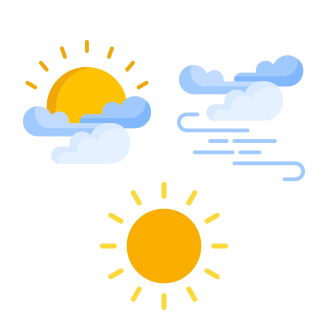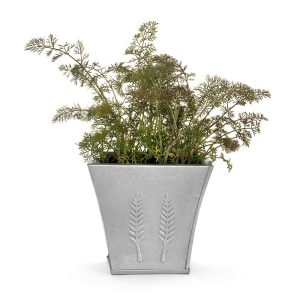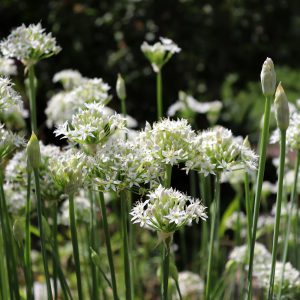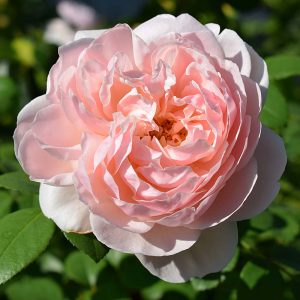Description
Hedera colchica ‘Dentata Variegata’ is an evergreen climbing plant with large, glossy, heart-shaped leaves. The variegated foliage is edged in creamy-white and has prominent veins that create an eye-catching pattern. It is a vigorous grower and can reach up to 6 meters in height, making it perfect for covering walls or trellises. This plant is hardy and tolerant of most soil types, and can grow in either full sun or partial shade. It also produces small greenish-yellow flowers in autumn that are attractive to pollinators.
Key Facts
- Common Name(s):Ivy ‘Dentata Variegata’
- Hardiness:Fully hardy
- How big will I get? Hedera colchica ‘Dentata Variegata’ can grow to a height of 6m and a spread of 3m.
- Did You Know That:It is native to the Caucasus and northern Iran, and is commonly called Persian ivy or Colchis ivy?
Plant Calendar
A rough guide to how this plant will change through the year.
| Jan | Feb | Mar | Apr | May | June | July | Aug | Sept | Oct | Nov | Dec | |
| Flowering Time |   |
  |
||||||||||
| Foliage Colour |   |
  |
  |
  |
  |
  |
  |
  |
  |
  |
  |
  |
| J | F | M | A | M | J | J | A | S | O | N | D |
  |
  |
||||||||||
  |
  |
  |
  |
  |
  |
  |
  |
  |
  |
  |
  |
Care Guide

Soil Requirements
Hedera colchica ‘Dentata Variegata’ is a versatile plant and can cope with wet or drier soils, but prefers there to be decent drainage. This plant can grow in soil with a wide range of pH levels, it is not picky about the pH level of the soil.

Best Position
Hedera colchica ‘Dentata Variegata’ can handle either an exposed or a sheltered position and can cope with either full sun or partial shade.

Maintenance
Hedera colchica ‘Dentata Variegata’ is a fast growing vine and although it does not necessarily require pruning, it will need trimming if you want to keep it compact, or any smaller than its maximum size. It can be trimmed as required with as much length removed off of the longest shoots as needed.

Pest, Diseases and Wildlife
Hedera colchica ‘Dentata Variegata’ can have problems with scale insects and aphids, it can be vulnerable to certain diseases such as leaf spot. It is also known to attract bees, butterflies and other pollinators. It is considered to be toxic.





